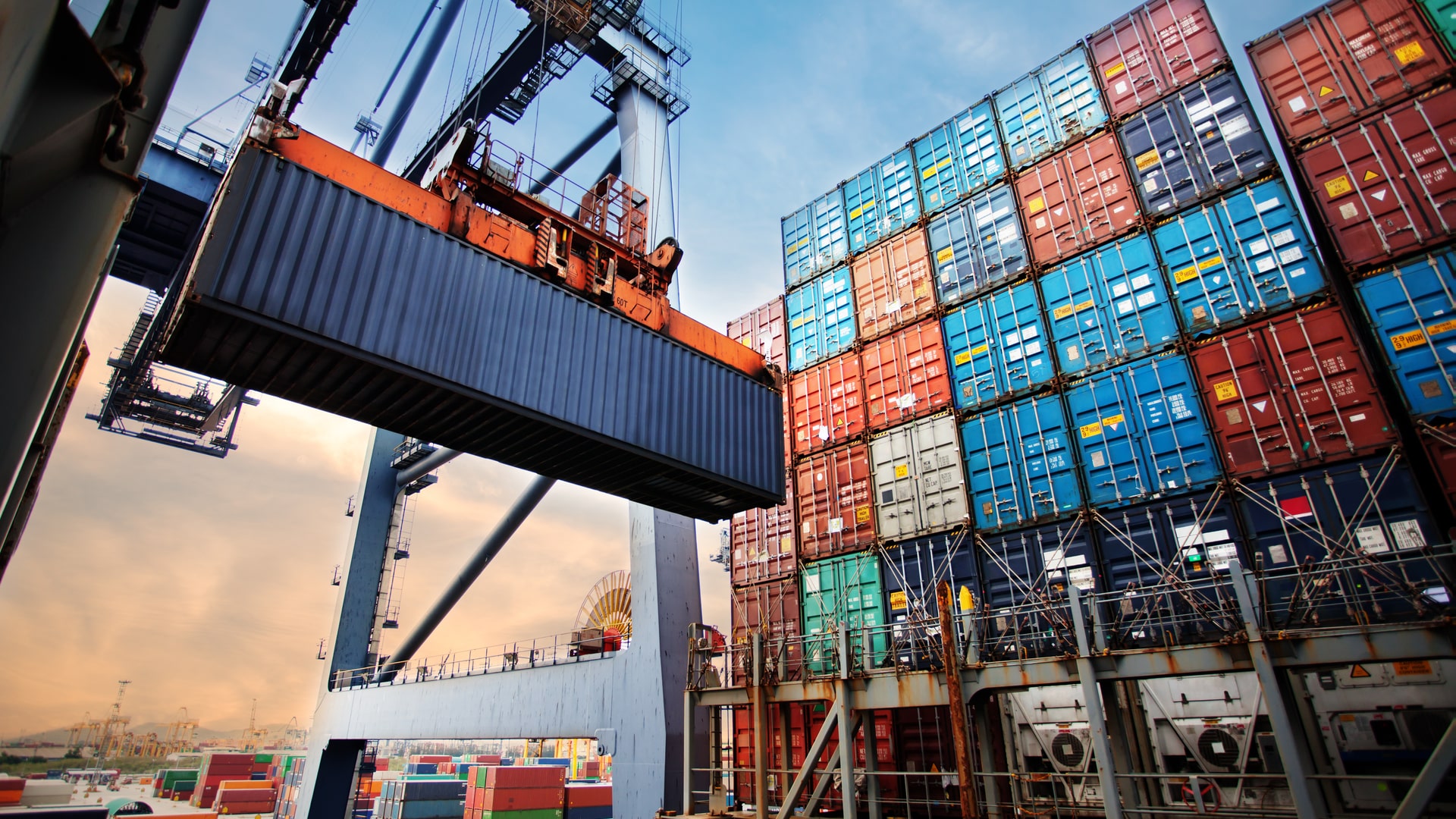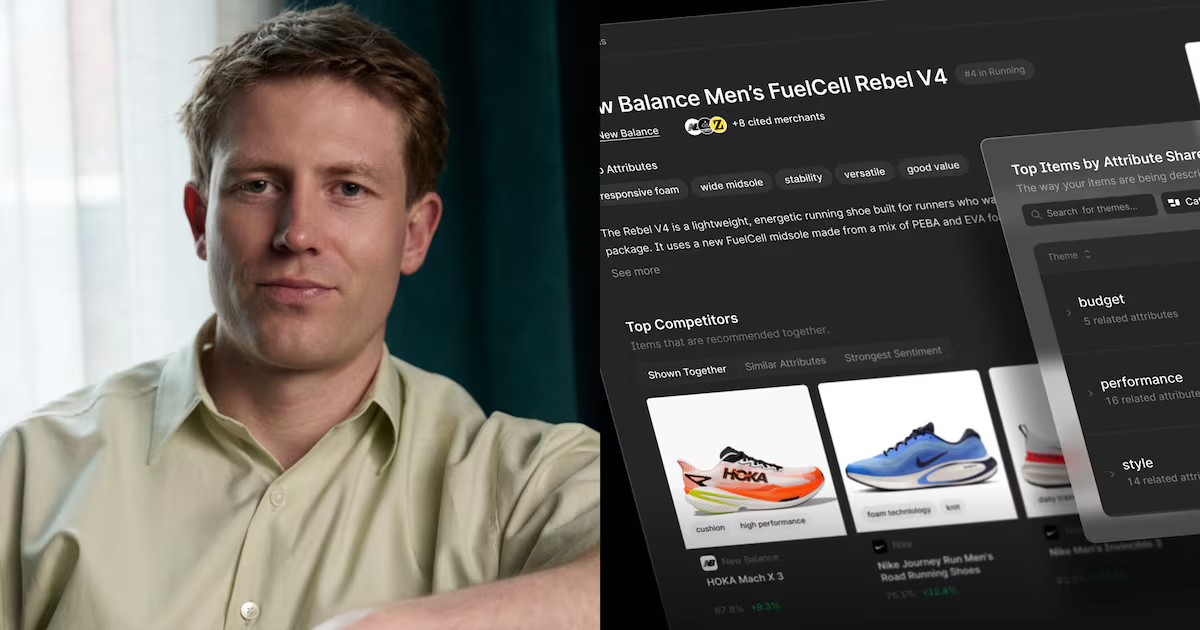This is the second part of a two-part article. The first part is here.
Online shopping is like magic to the customer. Click on a few links, and the purchased item appears on your doorstep in a day or two — thanks to the supply chain.
For the online retailer, it is anything but magic. Unseen by the customer is the network of manufacturers, shippers and warehouses that meet demand with supply. For the most part, online retailers have a physical process to manage, and the outcome of all this is inventory — the stuff they must keep lying around, waiting to be bought.
Hopefully that wait is not too long, as having stuff lying around is a cost. Retailers are not mind readers, but they have some sense of what customers want, based on data about past purchases. They have been pretty good at delivering the goods.
All that goes down the drain when the unpredictable happens. The COVID-19 pandemic delivered a good thrashing to the existing system. Online retailers must reconsider how they calculate inventory, so that they are not stuck with too much stuff — or too little. That will take teamwork and require some
organizational flexibility. And it matters — a lot — to the marketing teams that must stimulate demand but not over-promise.
Read next: The Brooks Group on building customer trust while the supply chain is in crisis
Getting your departmental ducks in a row
Indeed, an important factor in taming unpredictability lies in aligning your sales and marketing efforts with your inventory. That advice is easy to write but challenging to implement. Large companies have the resources to achieve alignment. Smaller businesses may lack the scope and the time, being too busy
selling…and growing.
“A typical sales guy says, ‘just buy it, whatever it is’. A marketing guy will say ‘buy what is promoted.’ Operations and inventory will say ‘just buy what is there’,” said Mark Hart, chief operating officer of Pollen Returns, a pick-up service for e-commerce businesses. What each unit sees as a “win” is different. All must agree on expectations, he noted. There must be a reasonable target to shoot for. Missing the target is okay, he said, so long as the team is willing to learn from mistakes instead of pointing fingers.
“The reality is that the best marketers can’t tell operations…what the customer will buy or like,” said Dave Emerson, SVP for global e-commerce at Sekologistics, a global freight and delivery firm. “They take a bit of a punt. They sell through, or sell out, or are left with a shit ton of stock.”
Each department can appear to be working at cross-purposes. Marketing can be too focused on the future, while sales may not be paying attention to funnel and conversion percentages at each stage, explained Russ Sharer, Chief Sales Officer for The Brooks Group, a sales training and leadership consultancy.
And operations? They may be reducing production to minimize risk because they have their doubts about sales and marketing. “It is actually a big deal in most companies that the incentives for the three groups often are contradictory,” Sharer said. Combined forecasting meetings should bring the three together, where they must show their work and defend their plans.
Get the daily newsletter digital marketers rely on.
Building the supply chain buffer
So, you have the data, and you’ve got the alignment. What is this supposed to add up to?
Creating a supply chain buffer.
Firms need to know how much stock they have on hand, and when to reorder. Again, no crystal ball can give you that information. But if they get this right, then can build a shock absorber into their supply chain that can offset the shock of the unpredictable.
“The concept of supply chain buffers is not new, but the pandemic has reflected the importance of these buffers across the supply chain,” said Matt Garfield, Managing Director in FTI Consulting’s retail and consumer products practice. “Essentially, buffers are designed to absorb uncertainty within the supply chain.”
The buffer is “typically sized based on demand variability.” Garfield continued. “The greater the variability in demand, the larger the buffer. In the most basic terms, we are adding safety stock and/or safety capacity across the value chain.”
Maintaining high inventory used to be the buffer, but it has its risks. “You’re trading off more capital tied up in inventory,” said Carter Armstrong, CMO of e-commerce fulfilment firm ShipBob. There is the risk of not selling through, plus storage costs. “We’ve seen more brands adopt a ‘drop’ style approach, where they introduce limited quantities of a product that sells out quickly” he said. Firms can “set inventory reorder point notifications to alert your team when inventory hits a certain unit threshold that indicates it’s time to create a new purchase order (at the SKU level), working in lead times.” Armstrong said.
“Smart brands will retire products that are very slow-moving in favor of focusing on profitable, best-selling products.” Armstrong continued. “Keeping a close eye on inventory turnover and the velocity at which your products are sold can be very eye-opening (usually favoring a slimmer SKU count or product catalog).”
Firms can develop plausible “worst case” scenarios that they can plan for, within their means. It pays for a company to be nimble, having the capacity to react to sudden increases and drops in sales, Hart said. Say the team decides it will budget for a sudden 25% drop or 200% spike, then it must plan to accommodate such swings and budget accordingly, he explained.
Flexibility can be obtained with a two-supplier strategy, Sharer said, “splitting the business something like 80/20. I’d also make sure I paid on time and maintained a good relationship with their key leaders. When supply is tight, one thing suppliers do is try to improve the ‘quality of their revenue — larger orders, predictable payments, better margins.”
In short, the supply chain buffer is created by “spending money on inventory or capacity in anticipation of some future spike in demand,” Hart said. He offered this checklist:
- Start understanding the true cost of carrying inventory or capacity.
- Understand the cost of aligning or anticipating demand.
- Agree on how much to spend.
- Maintain ongoing monitoring and adjustment.
“This is not ‘one-and-done’ or ‘set-and-forget,’ said Hart. “This is a living, breathing process.”
Read next: How logistics and the supply chain impact customer experience

















You must be logged in to post a comment Login